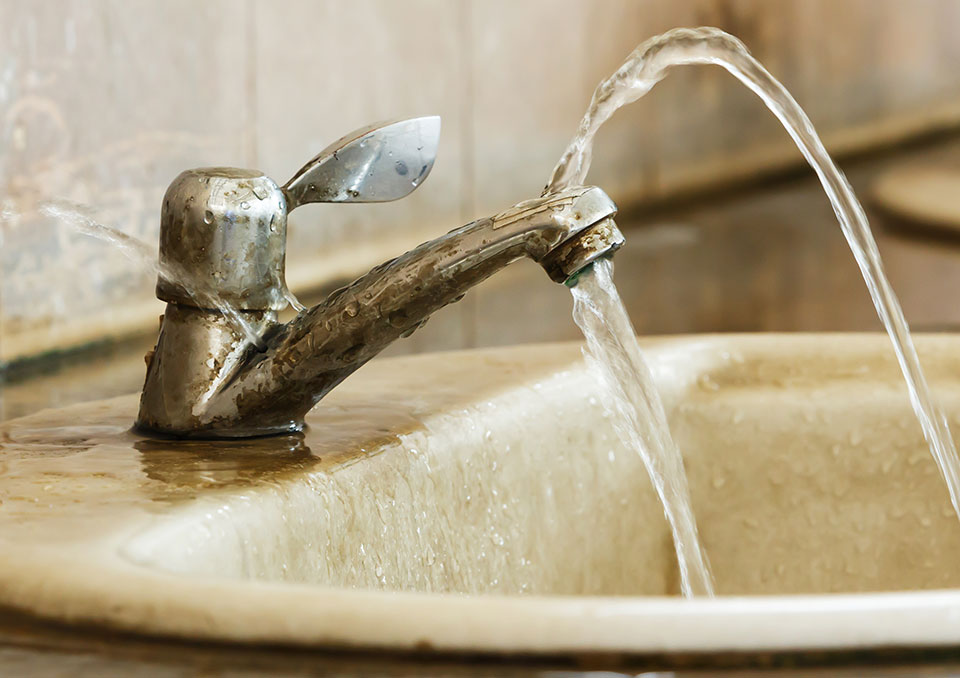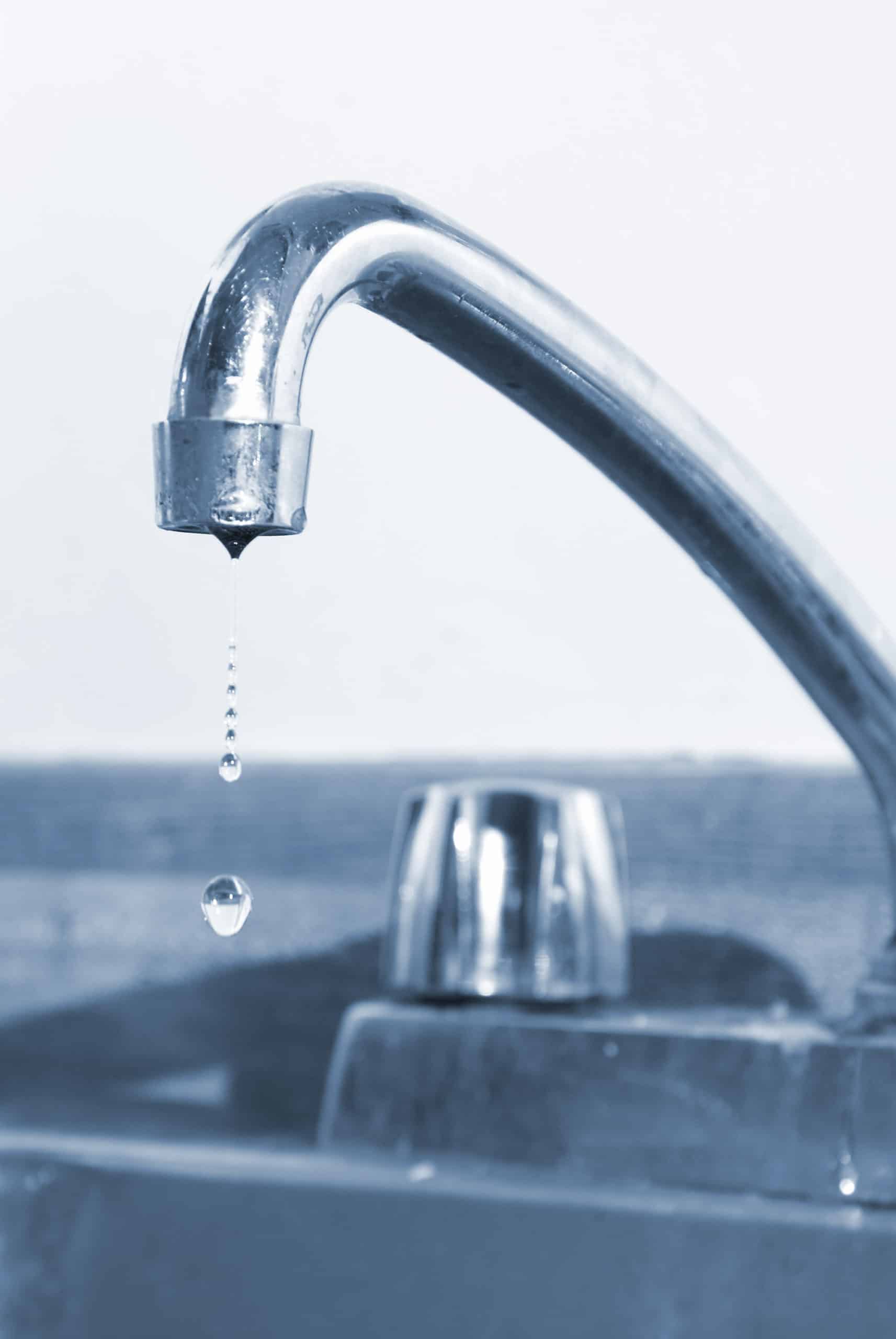How do you feel with regards to 4 Common Reasons for a Leaky Faucet?

Dripping faucets may feel like a minor aggravation, however their influence exceeds simply the annoyance of the audio. From drainage to sustaining unnecessary monetary costs and health and wellness threats, ignoring a dripping faucet can lead to numerous repercussions. In this article, we'll explore why it's essential to address this typical household concern without delay and efficiently.
Wastefulness of Water
Environmental Effect
Leaking faucets add considerably to water waste. According to the Epa (EPA), a single tap leaking at one drip per second can throw away more than 3,000 gallons of water annually. This not just pressures water resources but additionally affects communities and wild animals based on them.
Financial Prices
Increased Water Bills
Beyond the ecological influence, trickling faucets can inflate water bills significantly. The collected wastage in time equates right into greater energy expenses, which might have been stayed clear of with prompt repairs.
Prospective Property Damage
Moreover, long term leaking can lead to harm to fixtures and surface areas surrounding the tap. Water buildup can create staining, deterioration, and also structural concerns if left unattended, leading to additional fixing costs.
Health and wellness Issues
Mold and Mold Growth
The consistent presence of dampness from a leaking tap produces an optimal setting for mold and mold growth. These fungis not just compromise interior air quality however additionally pose health and wellness threats, specifically for individuals with breathing problems or allergic reactions.
Waterborne Diseases
Stagnant water in leaking taps can come to be a breeding ground for bacteria and other microorganisms, raising the threat of waterborne diseases. Pollutants such as Legionella germs flourish in stationary water, possibly causing severe health problems when consumed or inhaled.
Do it yourself vs. Expert Repair work
Pros and Cons of DIY Repair Service
While some might try to deal with a trickling tap themselves, do it yourself repair services include their own collection of obstacles. Without appropriate knowledge and devices, do it yourself attempts can aggravate the problem or result in incomplete fixings, extending the trouble.
Benefits of Working With an Expert Plumber
Working with a specialist plumber makes certain that the underlying reason for the trickling faucet is resolved efficiently. Plumbing professionals have the competence and tools to diagnose and repair tap concerns successfully, saving time and reducing the danger of more damages.
Step-by-Step Overview to Fixing a Dripping Faucet
Tools Required
Prior to attempting to deal with a dripping tap, gather the required devices, including an adjustable wrench, screwdrivers, substitute parts (such as washing machines or cartridges), and plumber's tape.
Common Tap Issues and Their Solutions
Determine the type of faucet and the certain problem triggering the drip. Typical issues consist of worn-out washers, rusty valve seats, or defective O-rings. Describe maker instructions or on the internet tutorials for detailed assistance on repair services.
Safety nets
Routine Maintenance Tips
To prevent dripping faucets, execute regular upkeep such as cleansing aerators, checking for leakages, and changing damaged components promptly. Furthermore, think about setting up water-saving gadgets or upgrading to more efficient components.
Relevance of Prompt Services
Addressing trickling taps as soon as they're noticed prevents more water wastefulness and prospective damage, eventually saving both water and cash over time.
Impact on Home Value
Assumption of Well-Maintained Home
Maintaining a property in good condition, consisting of addressing maintenance concerns like leaking taps, improves its regarded value and desirability amongst prospective customers or renters.
Influence on Resale Value
Residences with well-maintained plumbing fixtures, consisting of taps, command greater resale values in the property market. Addressing dripping faucets can contribute to a positive perception throughout building inspections and negotiations.
Environmental Responsibility
Individual Payment to Preservation
Taking obligation for fixing dripping taps straightens with wider initiatives towards water conservation and environmental sustainability. Every person's actions collectively make a considerable effect on preserving priceless sources.
Sustainable Living Practices
By focusing on punctual repair work and adopting water-saving behaviors, people contribute to lasting living methods that benefit both present and future generations.
Verdict
Attending to a dripping tap goes beyond simple comfort; it's a vital step towards conserving water, minimizing financial costs, and protecting health and residential or commercial property. Whether through DIY repairs or professional assistance, taking action to take care of trickling taps is a tiny yet impactful way to promote accountable stewardship of sources and contribute to a healthier, a lot more sustainable future.
How to Fix a Leaky Faucet: Step-by-Step Repair Guide
A leaky faucet may seem like a simple annoyance, but if it's not fixed promptly, that leak could cost hundreds to potentially thousands. From water damage to mold, mildew, and high water bills, even a tiny leak can be catastrophic if left unattended. Damage like this can even affect the overall value of your home, so it's important to take the right approach for leaky faucet repair. You may need the help of a plumber in some cases, but we've got a few tips you can try on how to fix a leaky faucet before calling the pros.
Four Faucet Types
When you're learning how to fix a leaky faucet, the first step is knowing what kind of faucet you're working with! There are four common types.
Cartridge Faucets
Cartridge faucets come in one- or two-handled varieties. In one-handled cartridge faucets, hot and cold water combines in a single cartridge. In the two-handled versions, hot and cold water are controlled separately and mixed in the faucet.
Ball Faucets
Ball faucets have a single lever you push up and down to adjust the pressure and rotate to change the temperature. A slotted metal ball controls the amount of water allowed into the spout.
Compression Washer Faucets
They're the oldest type of faucet, but they're still used in many homes — especially older ones. Compression faucets have two separate handles that, when turned, raise or lower the washer that seals a water valve. This valve stops water from flowing through the faucet when it is turned off.
Disc Faucets
Disc faucets rarely need to be repaired due to their maintenance-free design. The water flow is controlled by two discs — the upper one raises and lowers against a fixed lower disc, creating a watertight seal. If your disc faucet starts leaking, you may need to replace the seals or clean residue buildup from the inlets.
Fixing a Leaky Faucet
Step 1: Turn Off the Water
Whether you're learning how to fix a leaky bathtub faucet or how to fix a leaky kitchen faucet, always turn off the water supply to your working area when you're fixing a leak. The last thing you want is a flood added to your list of things to fix.
Look for the shutoff valves below your sink or around the tub and turn them clockwise to stop the water flow. If your faucet doesn't have shutoff valves, you may need to turn off the water for the whole house. Check to make sure it's off by turning the faucet on. If nothing comes out, you're ready to start the repair.
Step 2: Take Apart the Faucet
How you disassemble your faucet depends on the type of fixture you have. You can use a flathead screwdriver to remove the caps on top of the handle or handles for cartridge and compression faucets. Inside, you should see handle screws. Unscrew these with a screwdriver to remove the handle.
Disc- and ball-style faucets will typically have an inlet screw near the handle, and removing that will reveal the interior of the faucet.
Detach the Valve Stem
For cartridge- and compression-style faucets, you'll see the inner valve stem or cartridge once you remove the faucet handles. If you have a compression faucet, unscrew the brass valve stem. If you have a cartridge faucet, pull out the cartridge. If your cartridge has been in place for a while, it may require some tools or extra force to remove it due to mineral deposits.
Examine and Replace Parts
Once you've removed the parts, check them out to confirm what needs to be replaced. You may see corroded rubber washers, O-rings, stems, or cartridges. On a ball-style faucet, check the seats and springs for damage.
If you need to repair a leaky disc faucet, check the inlet and seals on the lower disc.
Once you determine what parts must be replaced, visit your local hardware store. Bring the damaged parts with you to ensure you can purchase the correct components to replace them.
Clean Valves and Faucet Cavity
If you've removed a stem or cartridge, you may notice mineral buildup in the faucet's threads. Use white vinegar to clean the valve seat by soaking it for a few minutes, then scrub it away with a soft toothbrush and rinse with warm water. You can also clean the interior of the faucet in the same way.
Reassemble the Faucet
Once your faucet is cleaned and the required parts have been replaced, it's time to reassemble it. Put the pieces back together and slowly turn the water supply back on. Doing this slowly is crucial because too much initial water pressure can damage the new hardware you've just installed.
https://homewarranty.firstam.com/blog/how-to-fix-leaky-faucet

Do you really like reading up on Why It's Important to Fix Leaky Faucets? Place feedback down the page. We would be glad to see your suggestions about this blog posting. We hope that you visit us again before long. Those who enjoyed reading our page kindly make sure you remember to share it. Thank you for your time spent reading it.